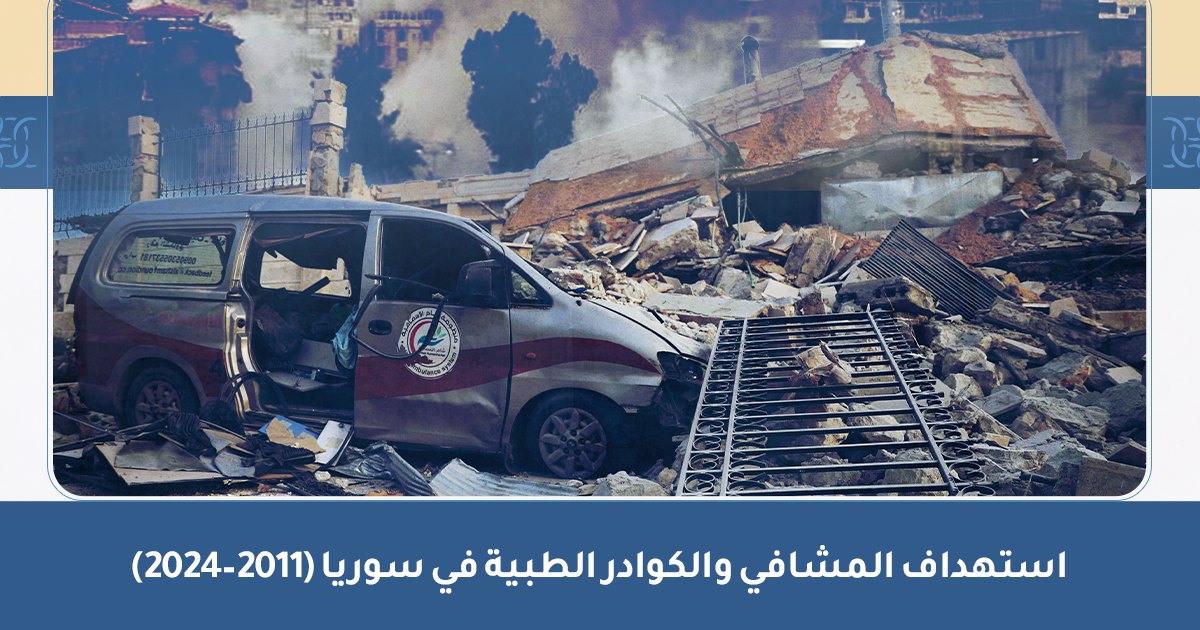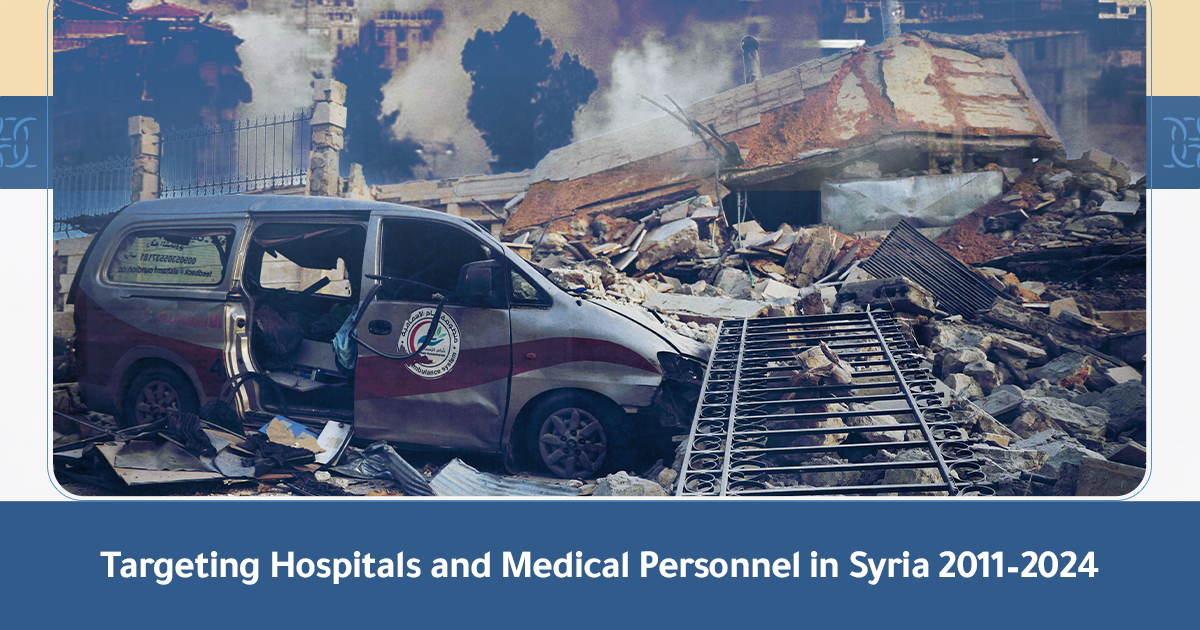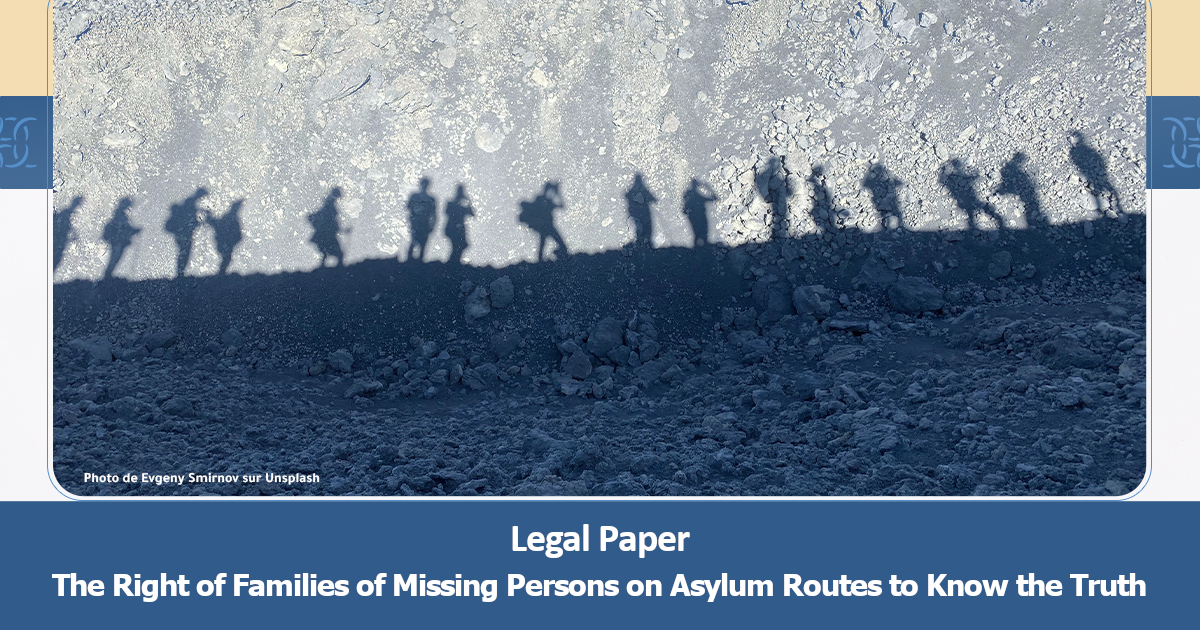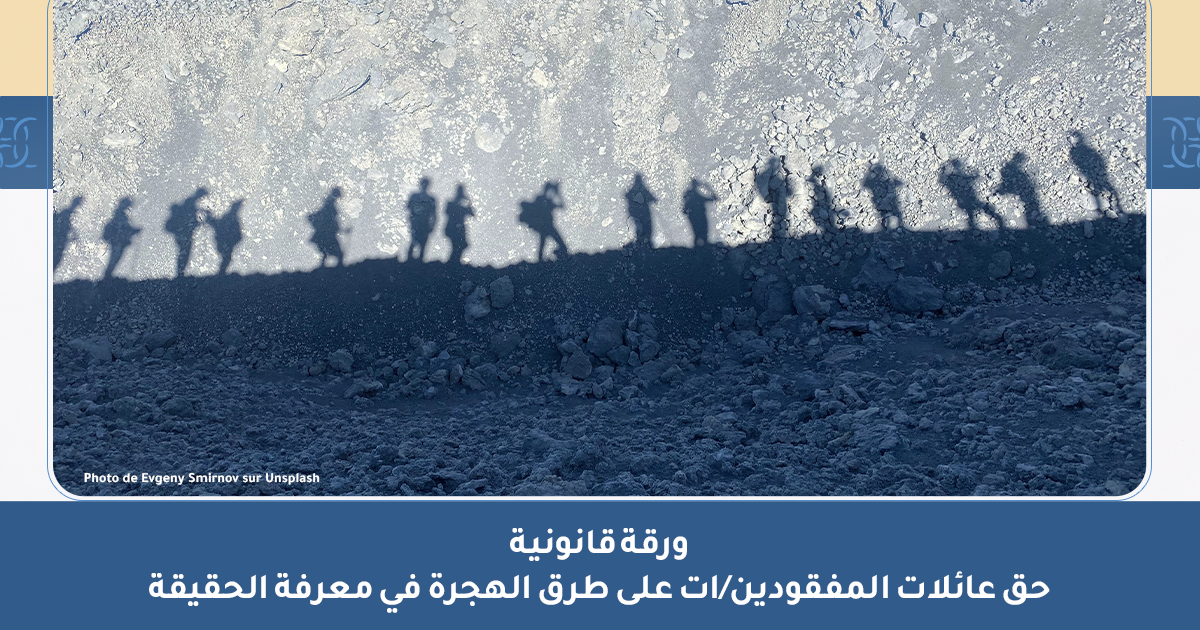The report “Syria: Black Hole for Media Work”, issued by the Syrian Center for Media and Freedom of Expression, reviews ten years of violations against media and media professionals (from March 2011 until the end of 2020) and presents the conflict implications on freedom of media and their impact on the media work, which in turn, witnessed rounds of expansion, replacement and contraction according to the security, geographic and economic circumstances.
The report is the result of a documentation process throughout Syria by dozens of monitors who recorded 1992 violations against the media and media workers. After two phases of screening and verification using the SCM methodology to check compliance with the definition of a “journalist”, 1670 violations were included.
The report consists of two parts. Part One “Conceptual and Legal Framework” includes two chapters. Chapter One provides general definitions of the media-related freedoms and rights including equality and non-discrimination in basic rights and freedoms, freedom of expression, access to information, and the right to the media, all of which are both fundamental rights of individuals and collective rights related to societal security, protection of democracy, stability and development. The chapter also presents the legal and judicial structures that protect these rights and provide the ground for claiming justice against violations. It reviews international conventions that oblige states to adopt laws consistent with human rights and not to violate them, avoid a philosophy of restriction and punishment, and comply with the requirements of due process. The latter is discussed in an independent chapter as it is the guarantor of the rights and freedoms of individuals against the abuse of authority, and its incorporation into the national legislation is key to any future reform process in Syria.
To complete the conceptual framework of the report, Chapter Two reviews the rules of protecting journalists as civilians in armed conflicts and then presents the specific definitions of journalists in international law and their categories in international humanitarian law (IHL).
In the end, the report represents many recommendations to all parties in the conflict of Syria, to protect the activist in the media field.
The report also provides an appendix on the violations according to the years against workers and those working in media affairs in Syria since 2011, including the name, the form of the violation and the violating party.
To read the Report:





